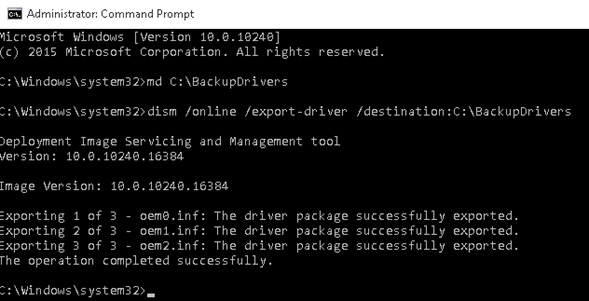1. Change Your Logon Screen Background
Changing the wallpaper on your desktop is one of the easiest things to do in Windows. But if you can have that display any image you want, why not do the same with your logon screen?
1. Navigate to HKEY_LOCAL_MACHINESoftwareMicrosoftWindows
CurrentVersionAuthenticationLogonUIBackground.
2. Find the “OEMBackground” key; or right-click in the right pane and select “New,” then “DWORD (32-bit) Value” to create it (and then give it that name).
3. Double-click on “OEMBackground” to open it.
4. Change the value in the “Value data” field to 1.
5. Click OK.
6. Using Windows Explorer, navigate to your Windows directory, then System32oobe. If there’s a folder in here called “info,” go into it; if there’s a folder inside of that one called “backgrounds,” go into that. If neither exists, you’ll need to create them both first.
7. Copy the image (it must be a JPEG, and smaller than 256KB in size) you want to use as your logon screen background into the infobackgrounds folder.
8. Rename the image backgroundDefault.jpg. (Note: If you choose an image that’s sized differently than your desktop and you change your resolution, it will be adjusted to fit—with a possible loss in quality. The infobackground folder also supports 12 other files of specific resolutions. The files should be named backgroundXXXXX.jpg, where the XXXXX is one of the following: 900×1440, 960×1280, 1024×1280, 1280×1024, 1024×768, 1280×960, 1600×1200, 1440×900, 1920×1200, 1280×768, or 1360×768. For example, background1920x1200.jpg will be used at 1,920-by-1,200 resolution, and so on.)
The next time you restart your computer, or log out, you’ll see this image as the new logon screen. If you chose an image that prevents the buttons and text from looking their best on the logon screen, you can adjust their appearance as well.
1. Navigate back to HKEY_LOCAL_MACHINESoftwareMicrosoftWindows
CurrentVersionAuthenticationLogonUI (you’re not going into Background this time).
2. Add a DWORD value called “ButtonSet.”
3. Change its value to either 1 (darker text shadows and lighter buttons, intended for lighter backgrounds) or 2 (no text shadows and opaque buttons, for darker backgrounds); 0 is the Windows default.
2. Personalize the IE8 Title Bar
If you use Internet Explorer 8 in Windows 7, you’re probably familiar with the browser’s title bar, which appends “Windows Internet Explorer” to the end of every page name. Why not change it to something a little more… you?
1. Navigate to HKEY_CURRENT_USERSoftwareMicrosoftInternet ExplorerMain.
2. Right-click in the right panel, click “New,” and then select “String Value.”
3. Name the string value you just created “Window Title” (space included).
4. Double-click on Window Title.
5. Type your personalized title in the “Value data” field.
6. Click OK.






























